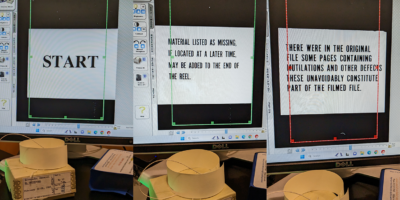By Luke Waltzer
My hope for the first day of class is to help students see how we’ll move as a learning community towards the goals of the course. After we all briefly introduce ourselves, we review the syllabus. Students should see the arc of the semester, the logic of selected readings, the intentionality and connection of assignments, and the space that’s available for modification. They should see a structure, but also how we might improvise.
A syllabus review is not enough, however. It’s crucial that students begin the course with an understanding of their roles and responsibilities. I ask them to do some free-writing about their points of entry into and goals for the course, and then they share what they’ve come up with. This exercise makes clear that they will be expected to be active participants in the classroom space, engaging, contributing their thoughts, bolstering the structure. There can be no hiding. This sometimes makes students uncomfortable, which is not necessarily a bad thing; good things can happen in a classroom when one grows comfortable with one’s own discomfort.
The prompt I give takes different shapes depending on the nature of the class. For instance, in the DH Praxis course, students are expected to produce a working prototype of a digital project by the end of the semester, and the process requires significant attention to the rhetorical choices that come with project development and advocacy. On the first day students composed a tweet about their proposed project, and the enabling constraint of 140 characters emphasized the need for and challenges of precision, clarity, and simplicity when discussing complex projects. Returning to this exercise throughout the semester helped students recenter their understandings of their work, which is important when things are moving quickly. Courses that are less pressure-packed than DH Praxis, such as survey-based courses, have had prompts oriented to helping students situate themselves and their histories within the context of the course. By the end of the exercise, they should feel some ownership over and investment in the space we will all build together, and a readiness to work.









Leave a Reply